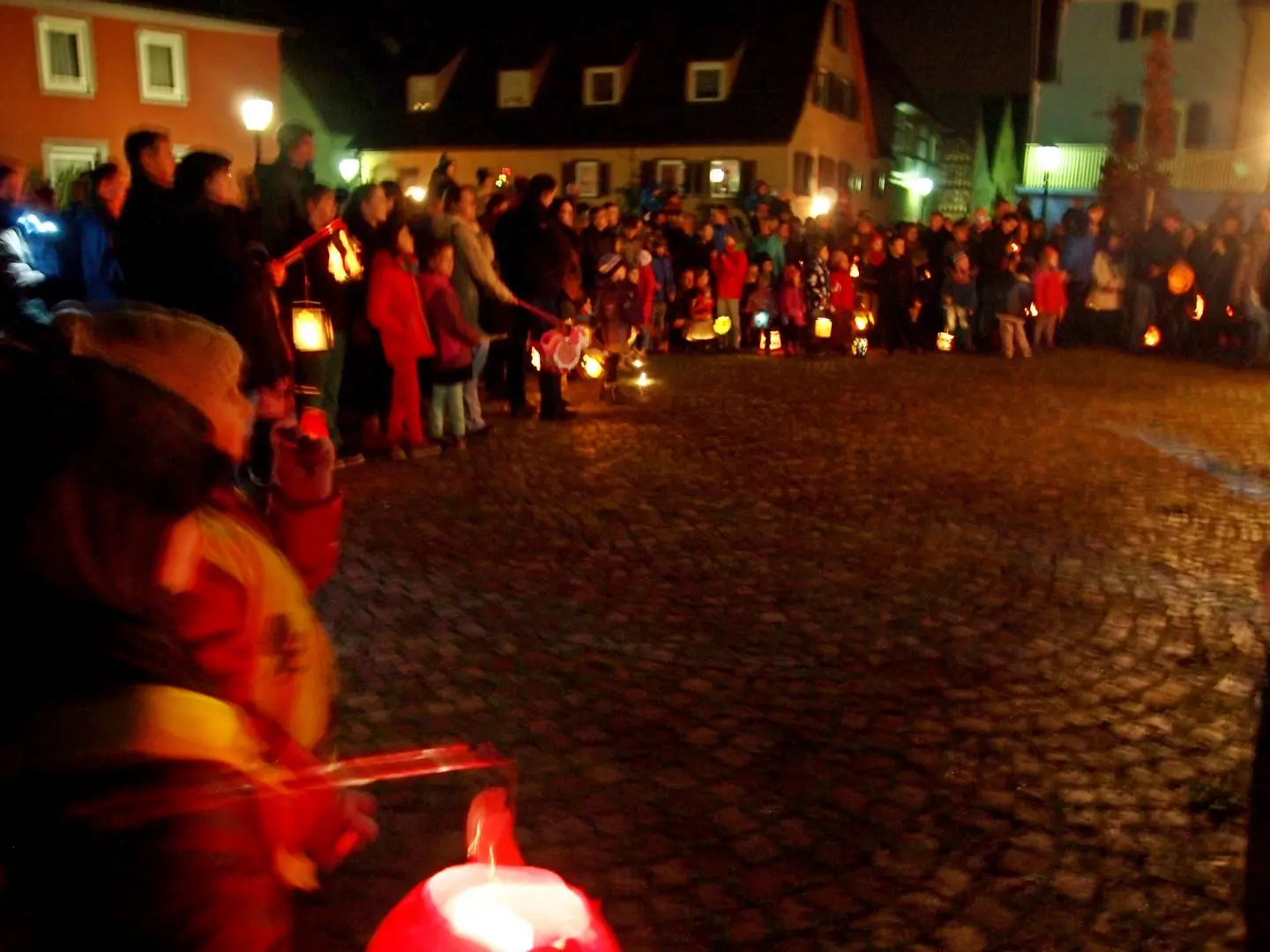The last post about Leben in Deutschland test – this time local authorities, local rules and questions about Bundesland.
orientierungstest
Leben in Deutschland test. 9. Traditional holidays. Religion
There are a little questions about traditions and religion in Germany in the Leben in Deutschland test.
Leben in Deutschland test. 8. Family, education
There are a few more simple topics in Leben in Deutschland test (Einbürgerungstest), such as family and education.
Leben in Deutschland test. 7. Germany and Europe. Migrants
Leben in Deutschland test (Orientierungstest, Einburgerungstest) has several questions about the relationship between Germany and other countries (mostly Europe). There are also a few questions about migrants, but more from a historical perspective.
Note: This post does not include the changes that will occur with the UK’s exit from the EU.
Leben in Deutschland test. 6. Judicial branch
The topic “court (Judikative)” is small in the Leben in Deutschland test. All the information focuses on two questions: what courts are there and who are the Schöffen.
Leben in Deutschland Test. History. After the war – FRG und GDR
Now we look what questions about history of Germany after Second World war – GDR and FRG – has Leben in Deutschland test. The first part was devoted to the period before the war and during the war.
Test Leben in Deutschland (Orientierungstest). History
The Test Leben in Deutschland only takes the history of the 20th century, starting with the coming to power of the National Socialists, mainly the problems of nazism, the results of World War II, the division and reunification of Germany. I think most of us remember this topic quite well from school education, so the a few tips that you need to know for the test.
But there are a lot of questions to this thema, therefore I divide it in two parts: before / during WW II and after the war.
Orientierungstest. 4. Economy and social protection
This field of questions in Leben in Deutschland test (Orientierungstest, Einbürgerungstest) covers mainly some workers’ rights and social insurance.
Leben in Deutschland test. 3. Political system and elections
We continue to study basic knowledge of German politics and laws for Leben in Deutschland test. This part covers a lot of information about the structure of power and elections, so I divided it into 2 entries.

